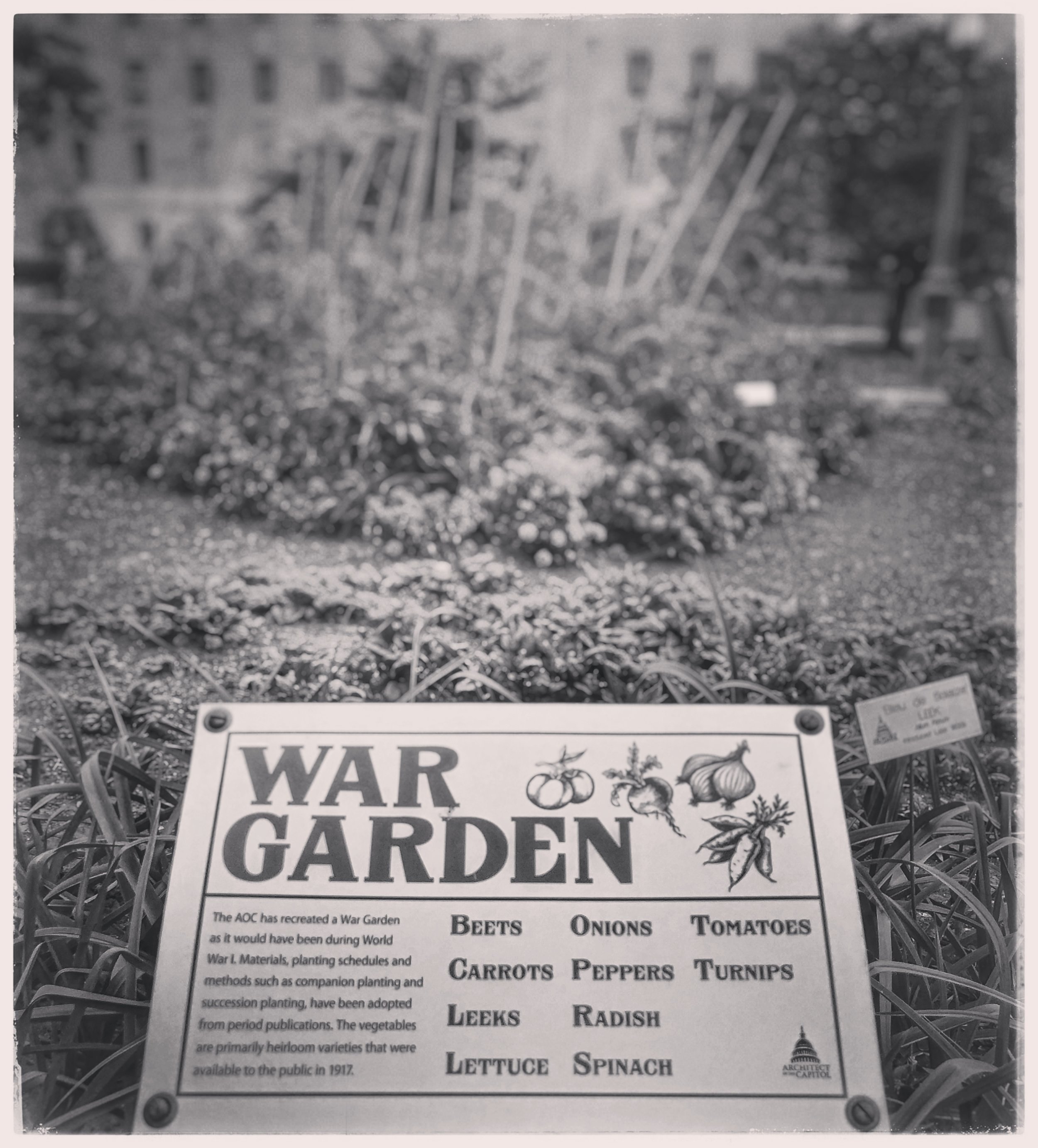Americans is a new, long term exhibition at the National Museum of the American Indian. I was floored by this exhibition. In a good way! It's on my must-see list for Washington, DC museum-goers for this summer.
Americans features 300 objects, still images, moving image clips, and historical artifacts across a 9,000 square foot gallery. There are interactive digital touch tables and a reflection room with excellent questions to get you thinking and writing. In addition to the images and objects, three mini-galleries trace the long lasting impacts of the legacy of Pocahontas, our changing memories regarding Battle of Little Bighorn, and the implementation of Indian Removal Act.
The exhibition highlights the ways in which American Indians, and specifically Indian imagery have been part of our national identity from 1600s until the present. Some of the images are difficult to look at, some complex, some took me by surprise, and some were very familiar.
From vehicle names, to fashion, to machines of war, to sports, we've co-opted American Indian imagery for commercial, political, and propagandic purposes. Often times we have done this in prejudicial, careless, and harmful ways. Other images were seemingly benign or sought to honor or pay homage. Seeing it all presented here in mostly a matter-of-fact manner was affecting and educational. I was moved and reflective after the experience.
Americans is located on the 3rd floor of the National Museum of the American Indian (4th St and Independence Ave SW). It will be on display until the year 2022.
Learn more:
Americans exhibition interactive website (FYI - has sound).
National Museum of the American Indian official website.
The Invention of Thanksgiving short film/video (featured in the exhibition).
Exhibition review by the Washington Post.







































